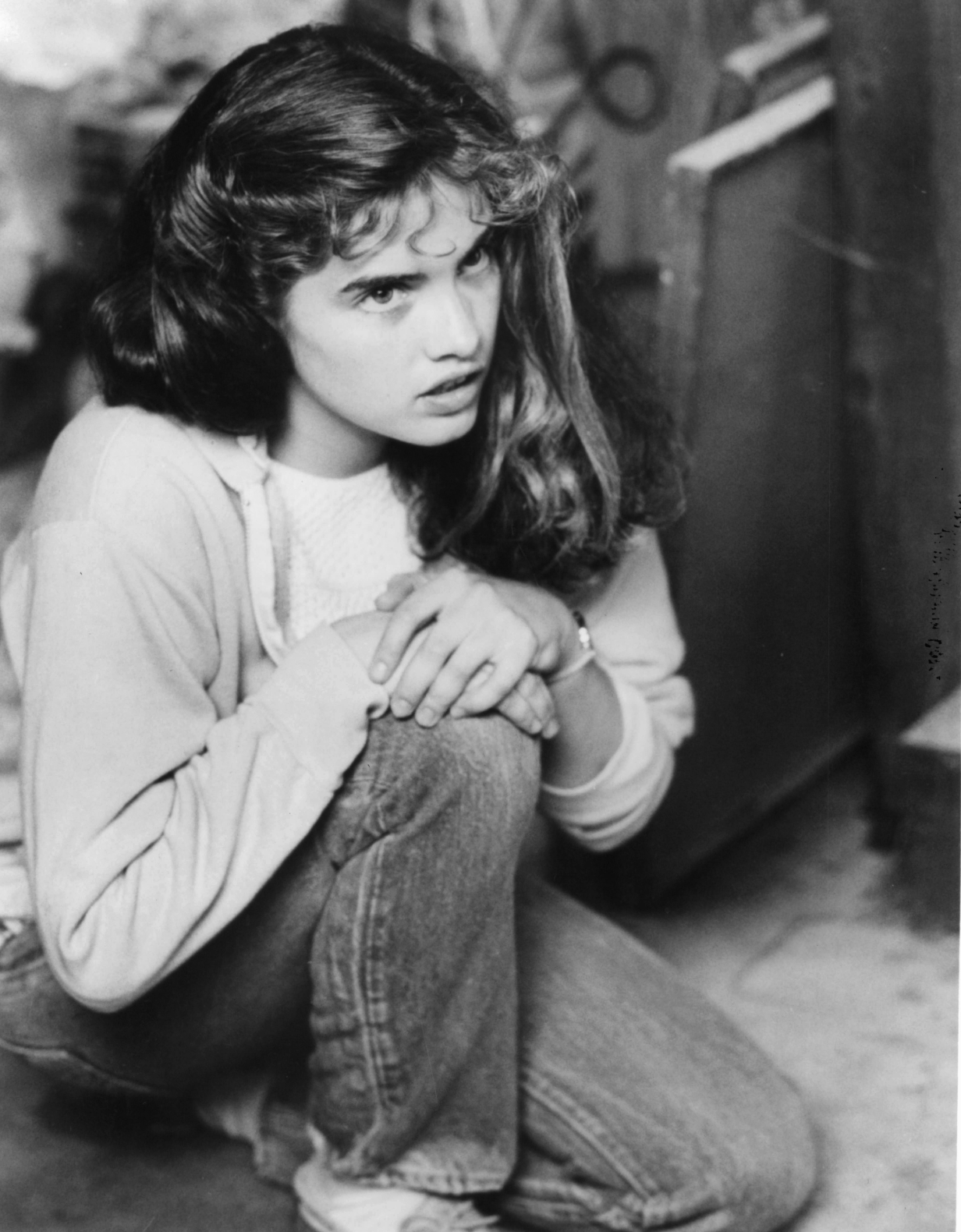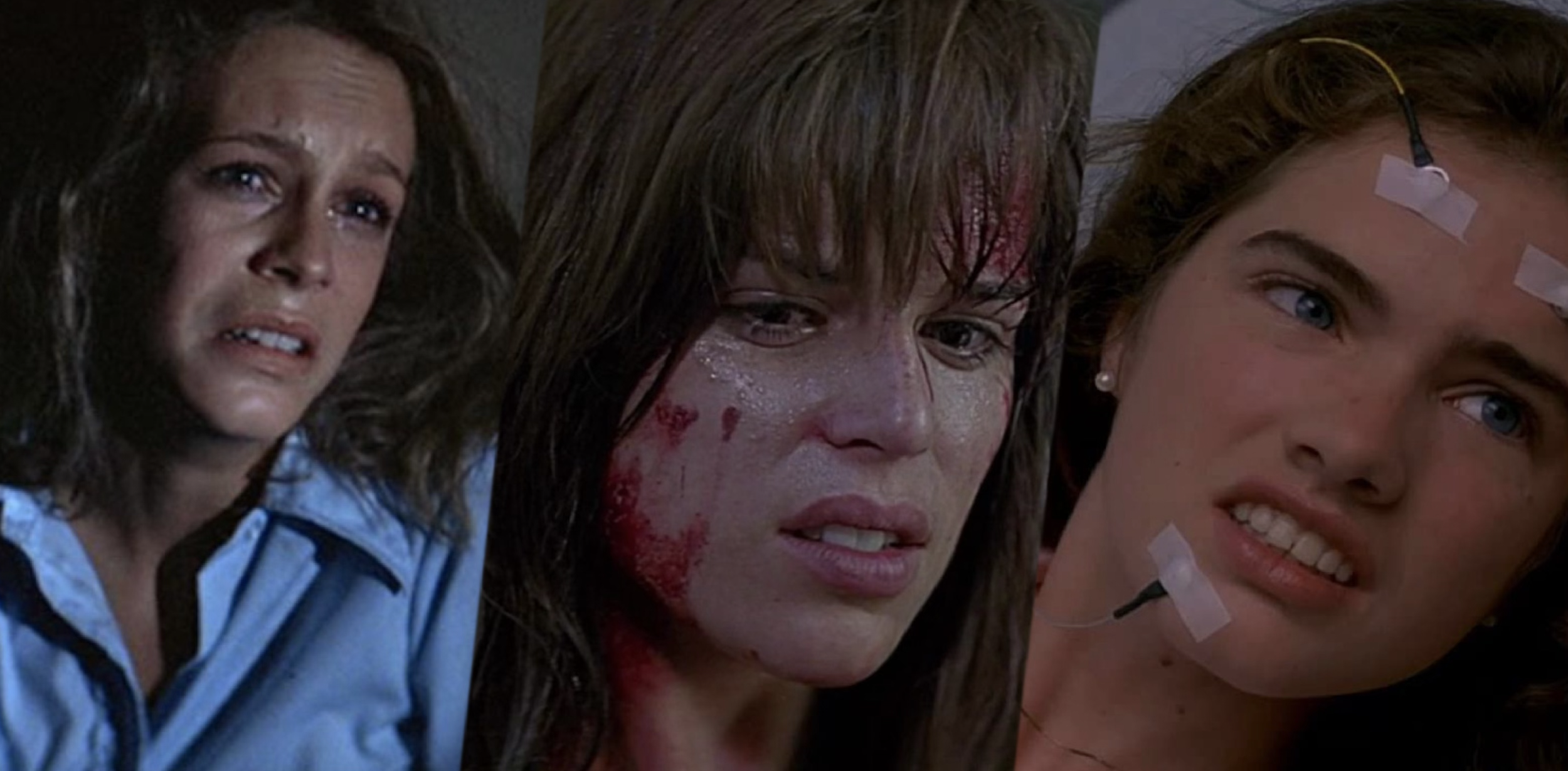Film Diary: In Defense of the Slasher
Over the second half of quarantine, I dove headfirst into horror. I had spent most of my life afraid to watch so much as World War Z (2013), but suddenly found a richness in terror that I had never known before. And from iconic series like Scream and Halloween to newer renditions like Happy Death Day and Fear Street, slashers captivated me entirely.
They have often been criticized as the lowest of the low and degraded to senseless gore fests, while on the contrary, slashers contain massive hoards of psychological depth. For one, they are primarily made for and revolve around, teenagers.
This adolescent stage, this threshold between the safety of childhood and the terror of the real world, is the perfect focal point for horror. And the final girl, a trope consumed and spit back out over decades, is the perfect tool for mirroring the audience’s own fears.
Classic slashers are especially characterized by the lack of a parental force. Despite being set in calm neighborhoods and run-of-the-mill locales, reliable authority is completely missing. Parents are not necessarily malicious; more often than not they are incompetent, they are absent, they are unaware. Fathers and mothers do not protect their children, so children are forced to protect themselves.
Scream (1996)
This withering of traditional family dynamics mirrors the corrosion of the nuclear home in the late 20th century. During these decades, more and more Americans turned away from the duties of building a family and towards fulfilling their own passions. Golden age and postmodern slashers all reflect this change.
Laurie Strode and her friends work as babysitters because for some unexplained reason, every child’s parents seem to be going out on Halloween night.
Marge Thompson persistently ignores her daughter’s fears about Freddy Krueger because she believes he was killed twenty years prior. In Scream, Sidney’s mother has been dead for a year and her father is kidnapped by the killers.
For all of the metrics used to define final girls, here is another: they are parental. These girls fill in the gaps left by absent adults and incompetent authority.
They are compassionate and protective, seeking to save others and displaying deep mourning when they cannot. Each of these teenagers leaves behind the defenselessness of childhood; they step off into adulthood and become the defenders themselves.
Nancy Thompson, from Nightmare on Elm Street, is perhaps the prime example of this. Although her father is a policeman, he is entirely incapable of saving the teens of Springwood. Instead, it is Nancy who takes on this role.
Nancy Thompson (A Nightmare on Elm Street)
She tries to protect her boyfriend and friends—efforts which fail partly due to adult incompetence—and rigs booby traps around her house. She even studies dream techniques so she can learn how to fight Freddy Krueger.
Serving as Nancy’s foil is her own mother. When she and the other parents were younger, they chased Freddy Krueger down and burned him alive.
Now older, she seems to have lost the traits that would have made her a final girl in her own time. She does not believe Nancy. She tries to put her to sleep, and consequently, in danger.
So it seems as if, in the slasher universe, to be a parent is to hear a death knell for your wisdom, your heroism, your capability.
Margaret Thompson (A Nightmare on Elm Street)
However, the final girl is not a triumph. There is no glory for children forced to become adults too early. But this is why the slasher genre is a masterpiece; it confronts its audiences with their subconscious struggles and fears. Just like the infiltration of the home, the idea that evil can lurk behind the local playground, the choice to either grow up or die is horror at its most psychological.
Laurie Strode (Halloween), Sidney Prescott (Scream), Nancy Thompson (A Nightmare on Elm Street)
Far from being nonsensical films oversaturated with blood and sex, slashers are refined, intelligent odes to the teenage years. They echo the turmoil of change, the fear of growing up, and the forced independence that comes from a lack of parental understanding.
Adolescence is one of the most turbulent stages of life, yes, but it is also the time of greatest development. What other genre is as devoted to these years of struggle, emotion, and growth as the slasher? Nothing else compares.
And as a personal request to the directors of Scream 6, please give Sidney Prescott a break. God knows she deserves it.




